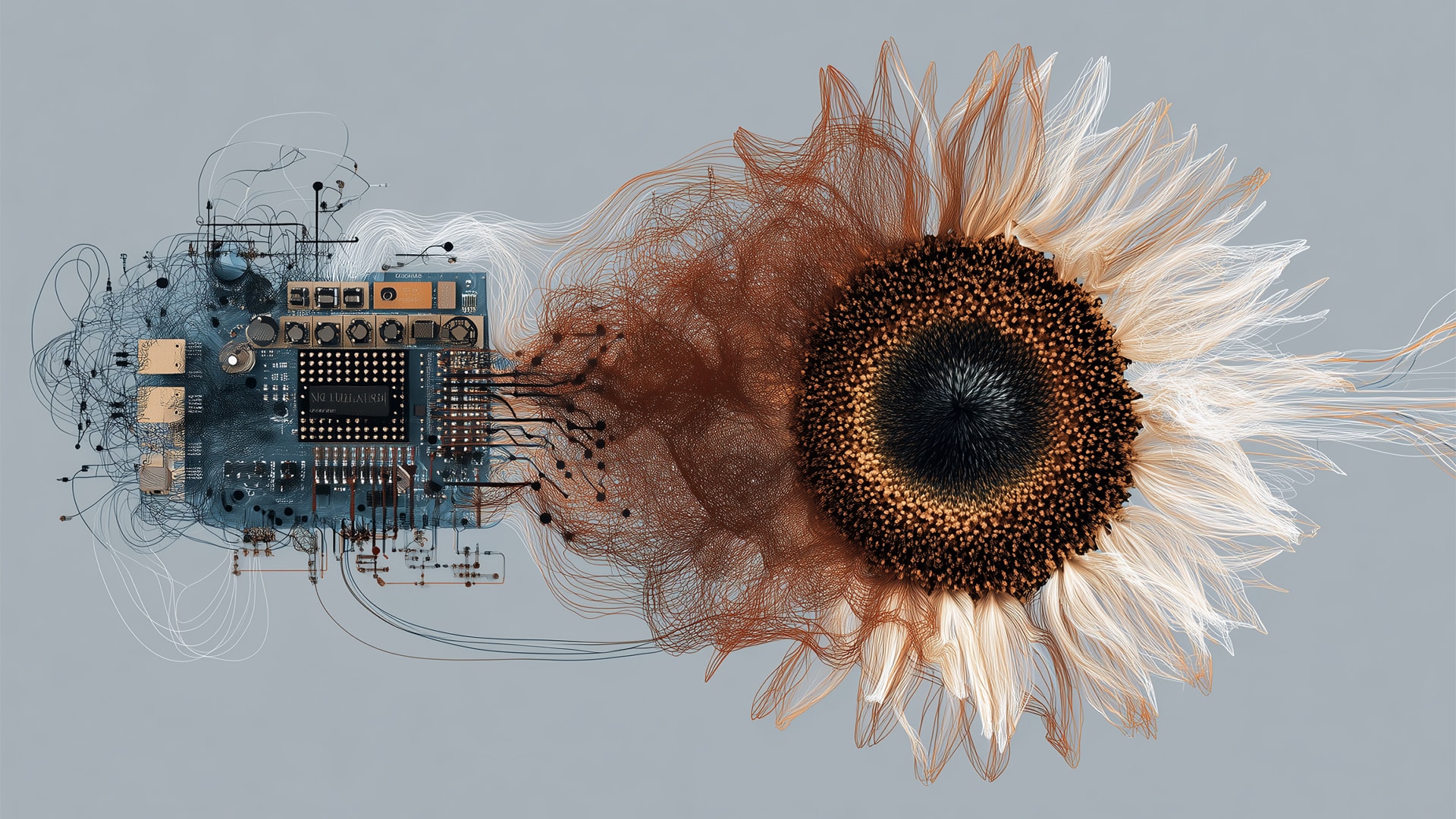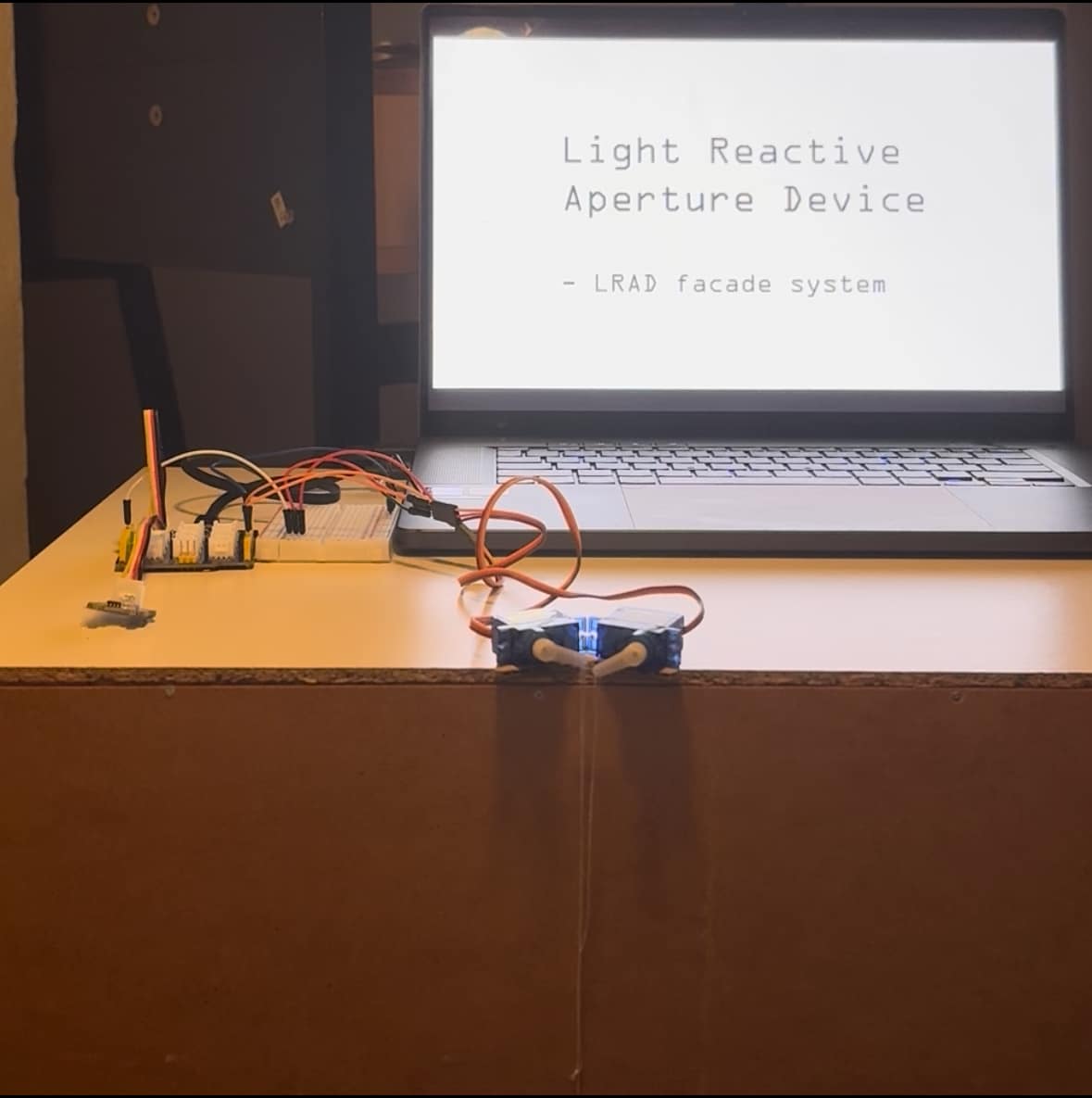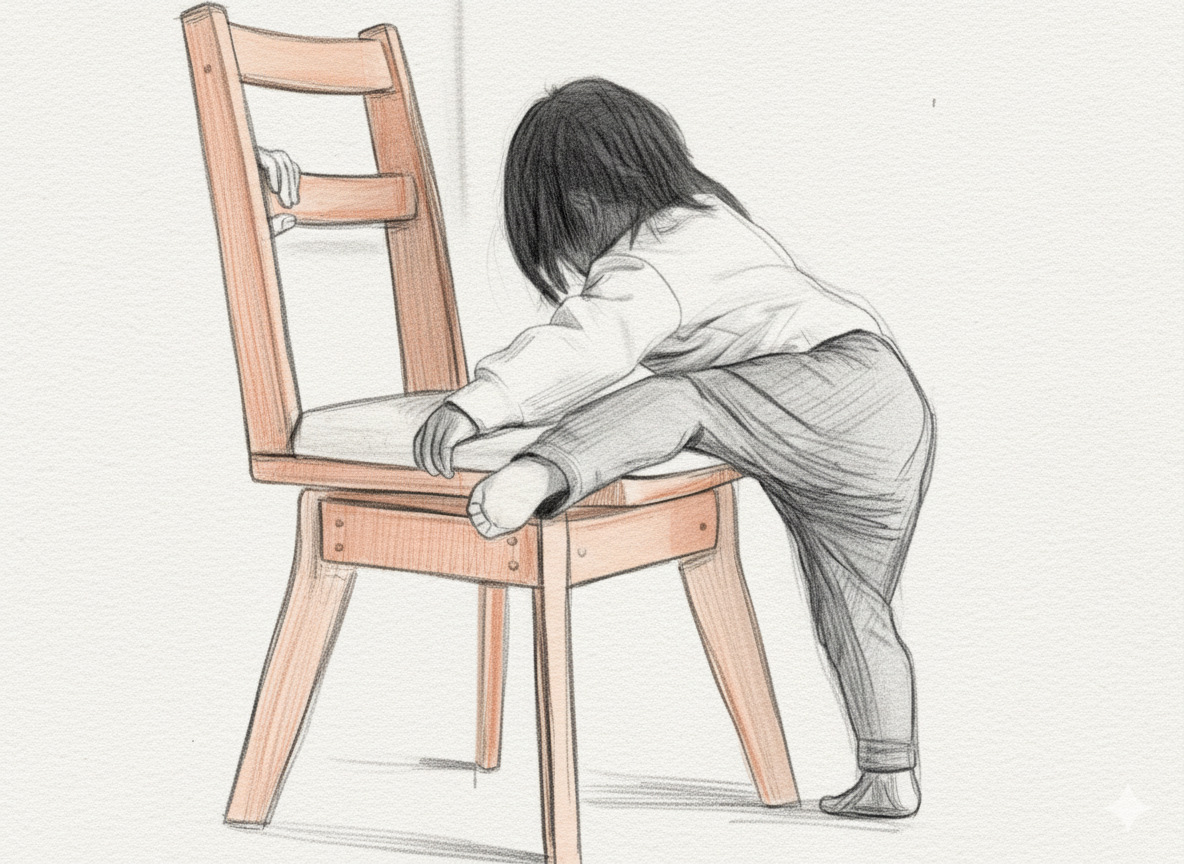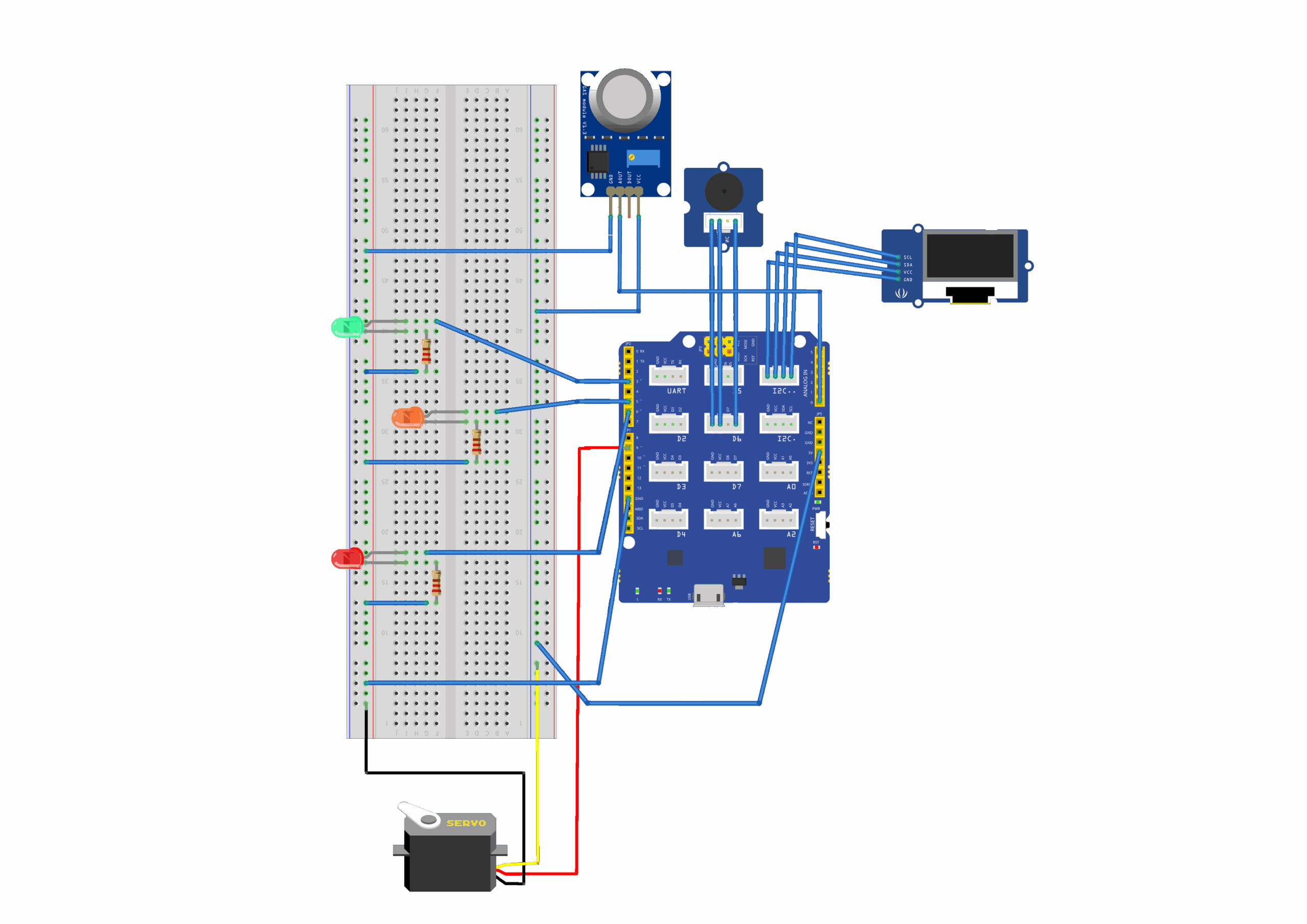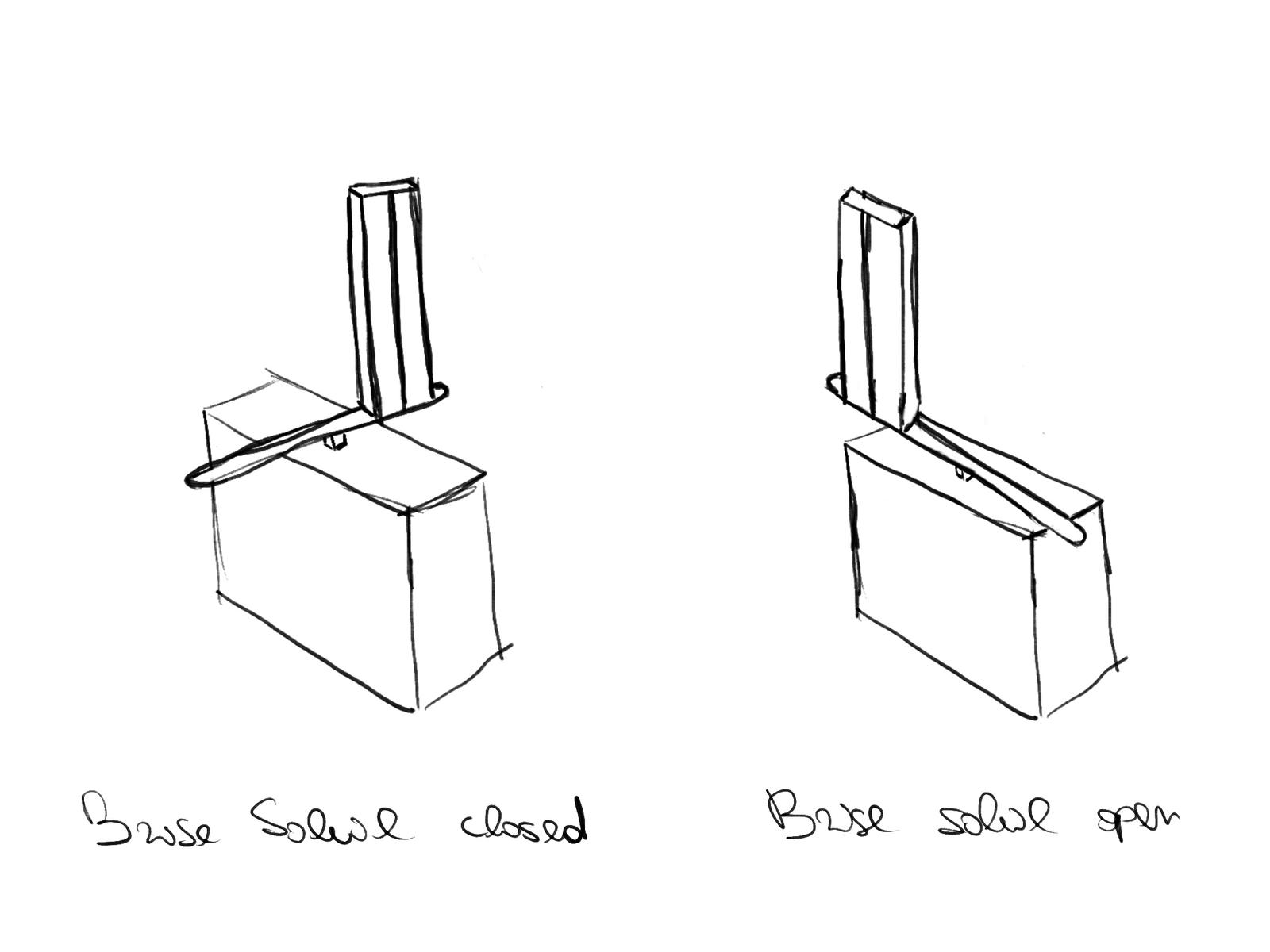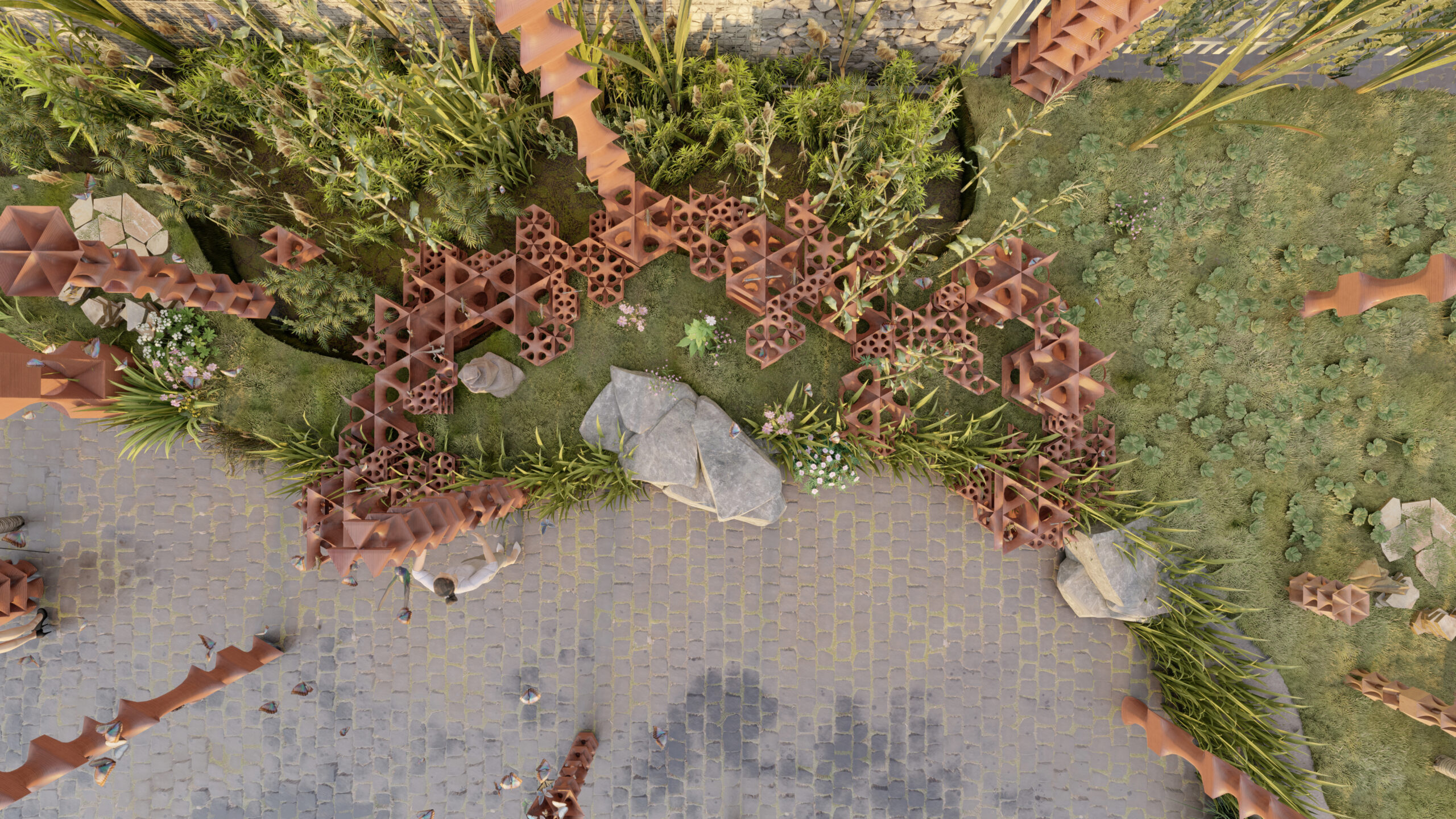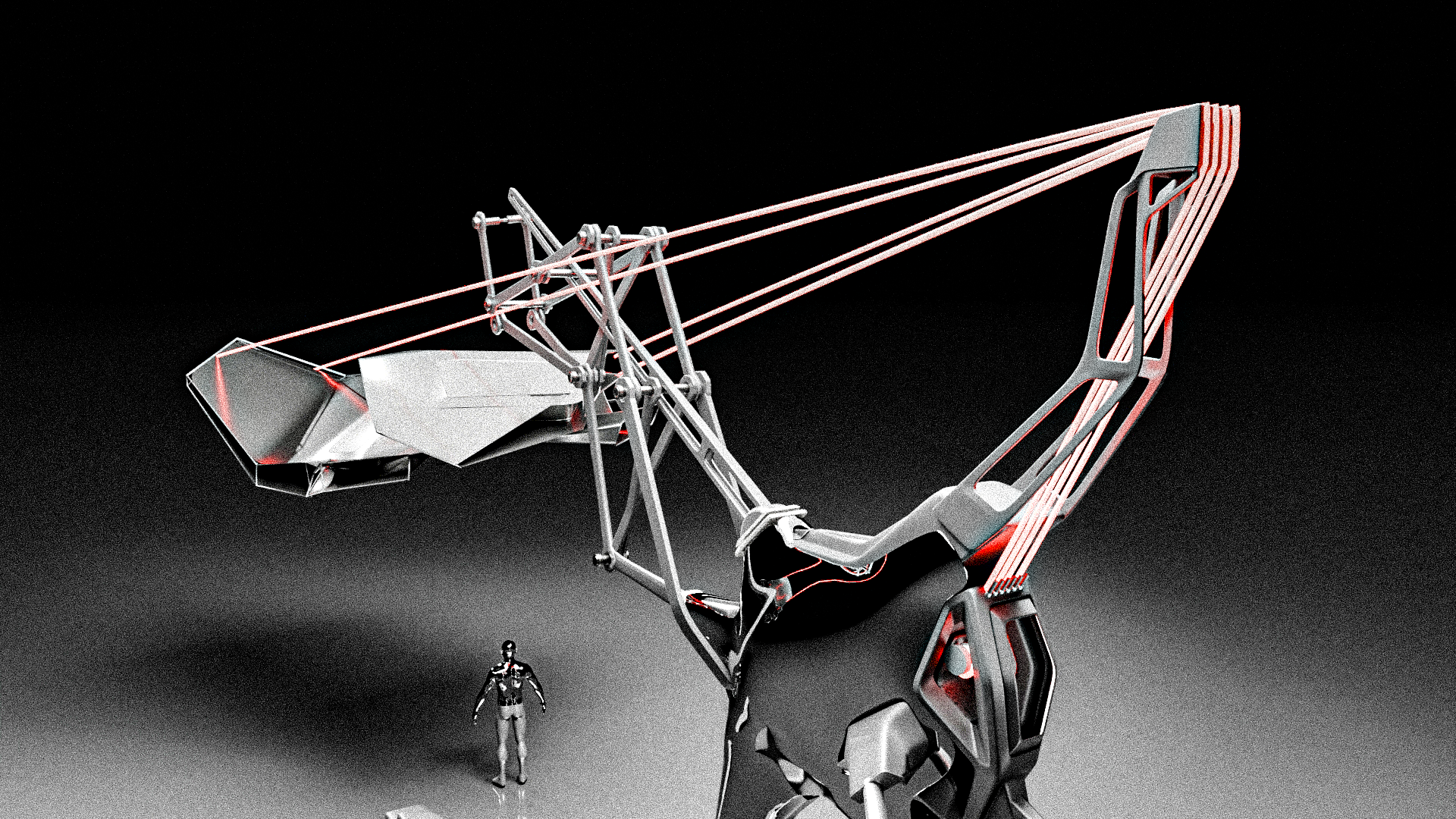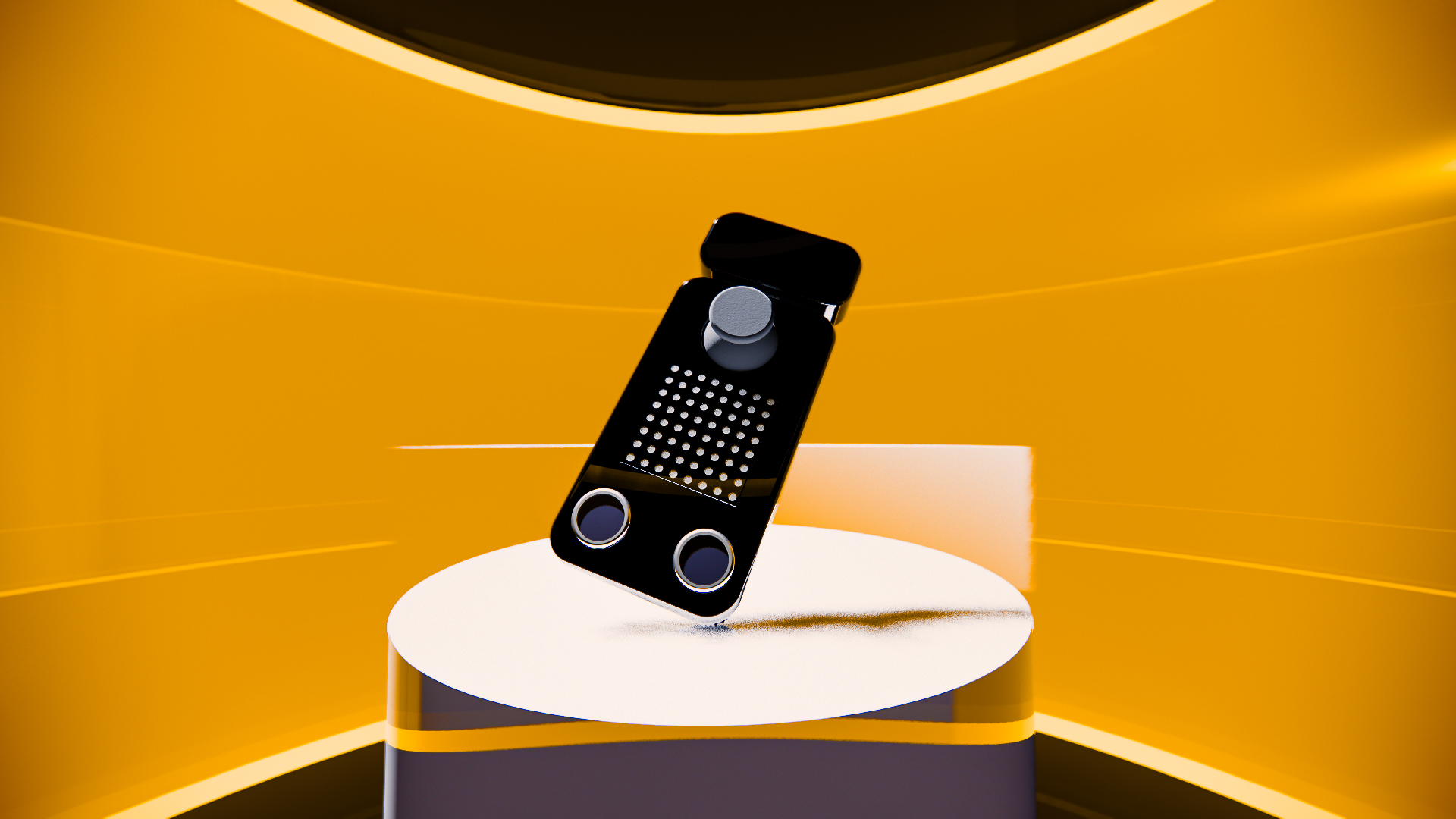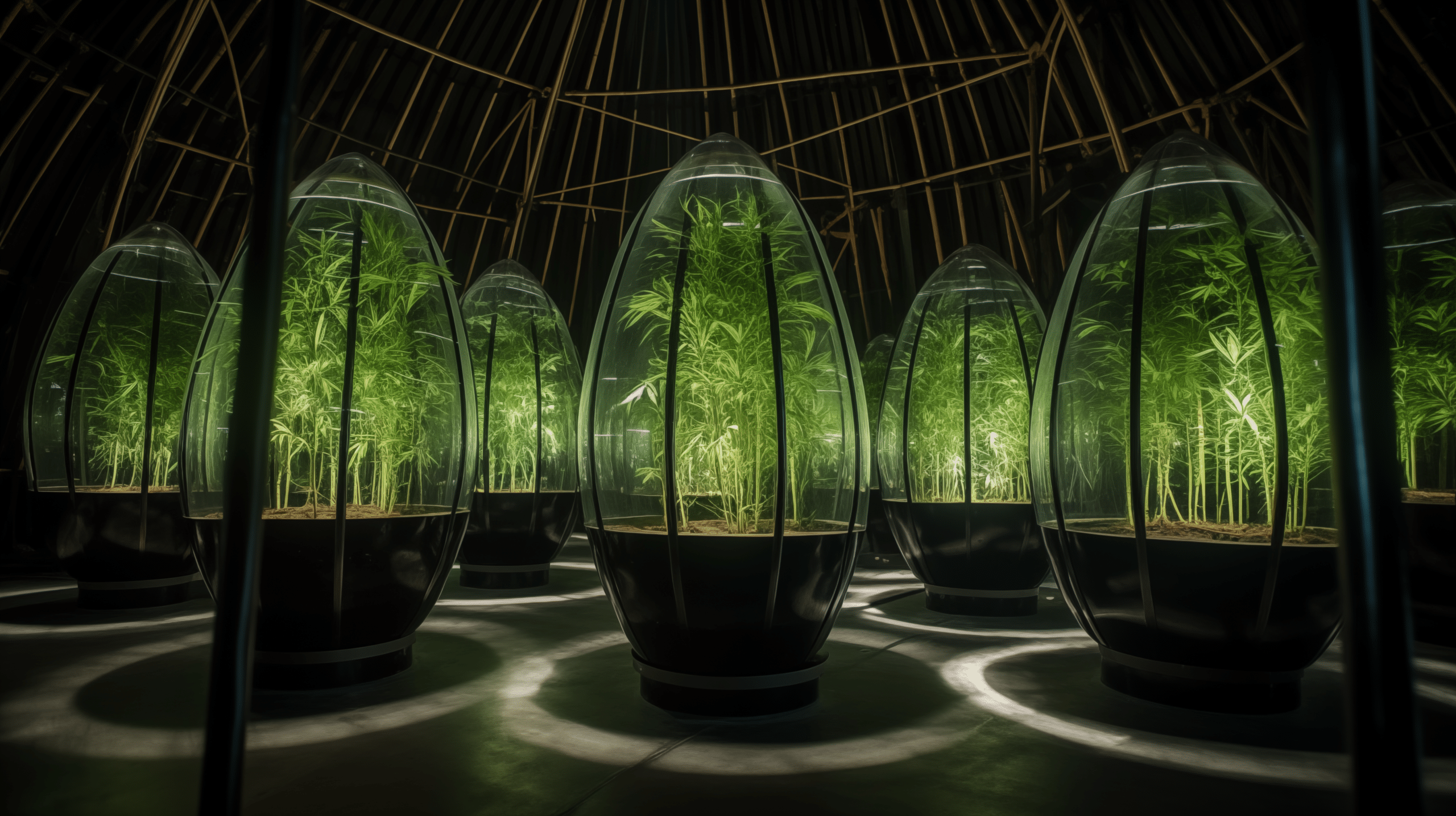Light Responsive Kinetic façade…
The kinetic façade dynamically responds to natural light through adaptive panels that modulate openness and shading, creating a living skin that breathes with the environment. As daylight fades, the integrated buzzer activates, signaling the transition from day to night transforming the façade into an expressive architectural interface between nature and technology. Pin-mount suspension system The … Read more


